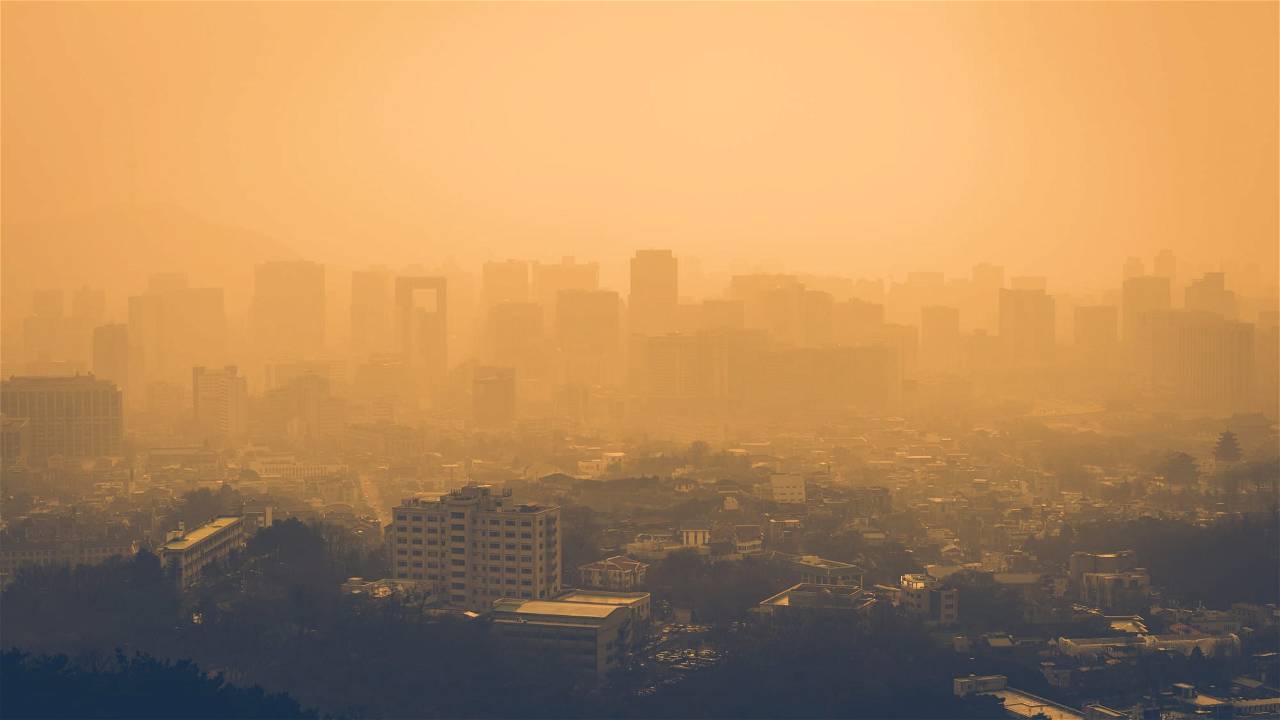
According to a new study, persistently high levels of ozone pollution in Asia costs China, Japan, and South Korea an estimated $63 billion in lost rice, wheat, and maize crops each year.
What's the Problem?
While ozone in the upper atmosphere forms a protective layer around the Earth, it is a harmful pollutant at ground level. It is produced by a chemical reaction in the presence of sunlight when two pollutants, often emitted by cars or industry, combine, and it can interfere with plant photosynthesis and growth.
The study, published on Monday in Nature Food, uses pollution monitoring data from the region and field experiments to show that ozone has a greater impact on crop yields in Asia than previously thought.
According to the study's authors, the findings should compel policymakers to reduce ozone-producing emissions. "Air pollution control in North America and Europe was successful in lowering ozone levels". "We must replicate that success throughout East and South Asia," said Kazuhiko Kobayashi, a co-first author of the study and emeritus professor at the University of Tokyo.
Previous estimates of the effects of ozone on staple crops such as rice, wheat, and maize have sometimes used varieties that are not common in Asia, or tested plants grown in pots rather than fields.
To get a clear picture, the researchers looked at local varieties and conducted experiments with crops grown in pots as well as in fields. They subjected rice, wheat, and maize to varying levels of ozone and used crop yields to model how different levels of ozone affected plant development.
They also tested the model with a second experiment in which the crops were treated with an ozone-protecting chemical to see if the yield increased in line with their predictions.
Risk to Food Security:
The researchers then applied their model to ozone data from over 3000 monitoring sites in China, South Korea, and Japan to determine real-world effects.
They discovered that ozone pollution destroys an average of 33% of China's wheat crop each year, compared to 28% in South Korea and 16% in Japan.
In China, the average figure for rice was 23%, but the researchers discovered that hybrid strains were significantly more vulnerable than inbred strains. In South Korea, the figure was nearly 11%, while in Japan, it was slightly more than 5%.
Maize crops in China and South Korea were also affected, albeit at a lower level. In Japan, the crop is not grown in large quantities. The researchers stated that their findings were limited by a number of factors, including the fact that ozone monitors are mostly located in urban areas, and levels in rural areas are frequently higher.
The authors wrote that surface ozone "poses a threat to food security" because of its effects in a region that supplies 90% of the world's rice and 44% of the world's wheat. "It is well known that ozone has a significant impact on crop production," said Kobayashi.
















